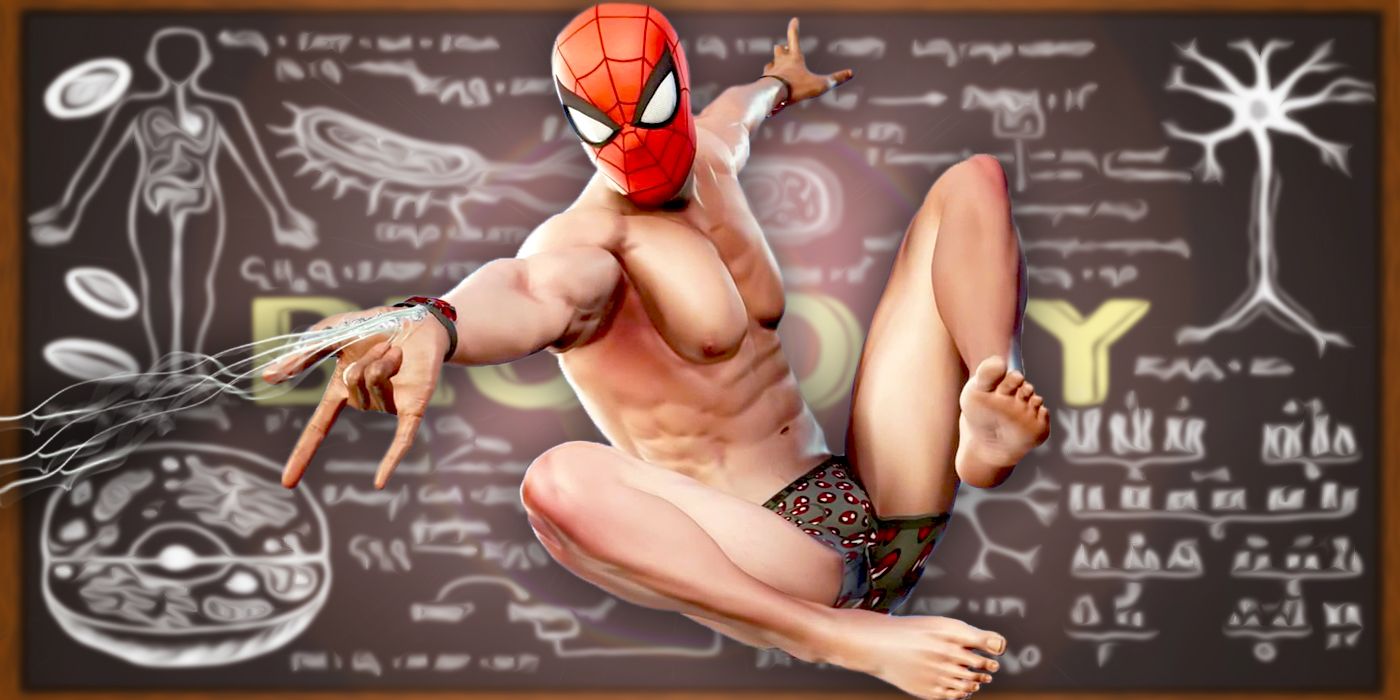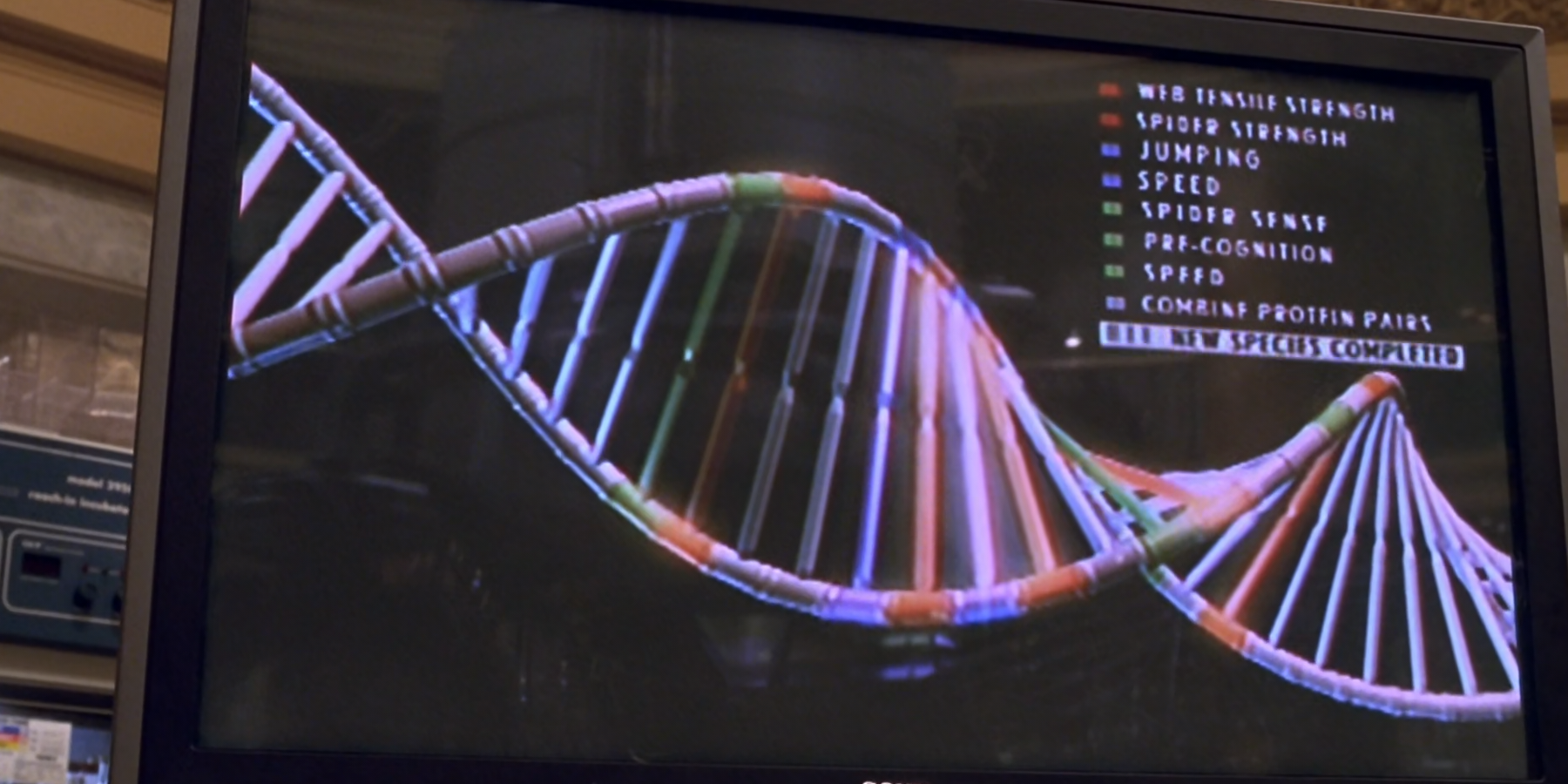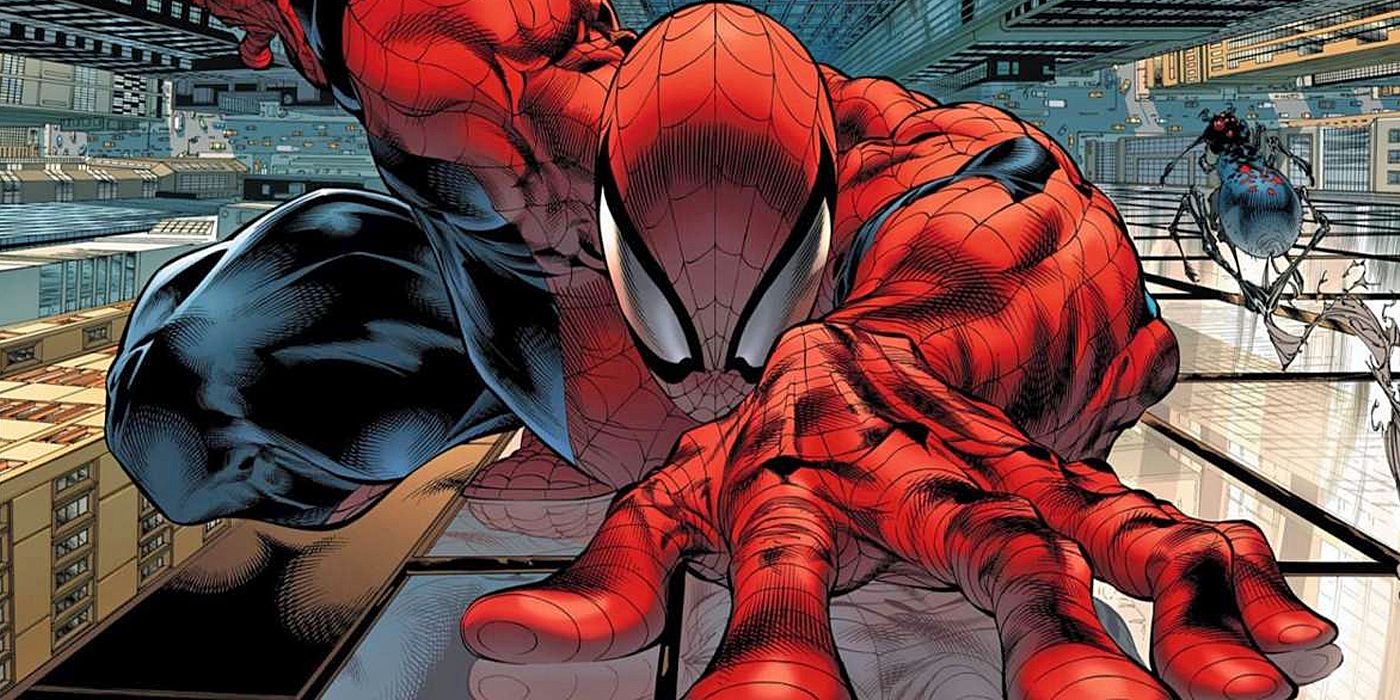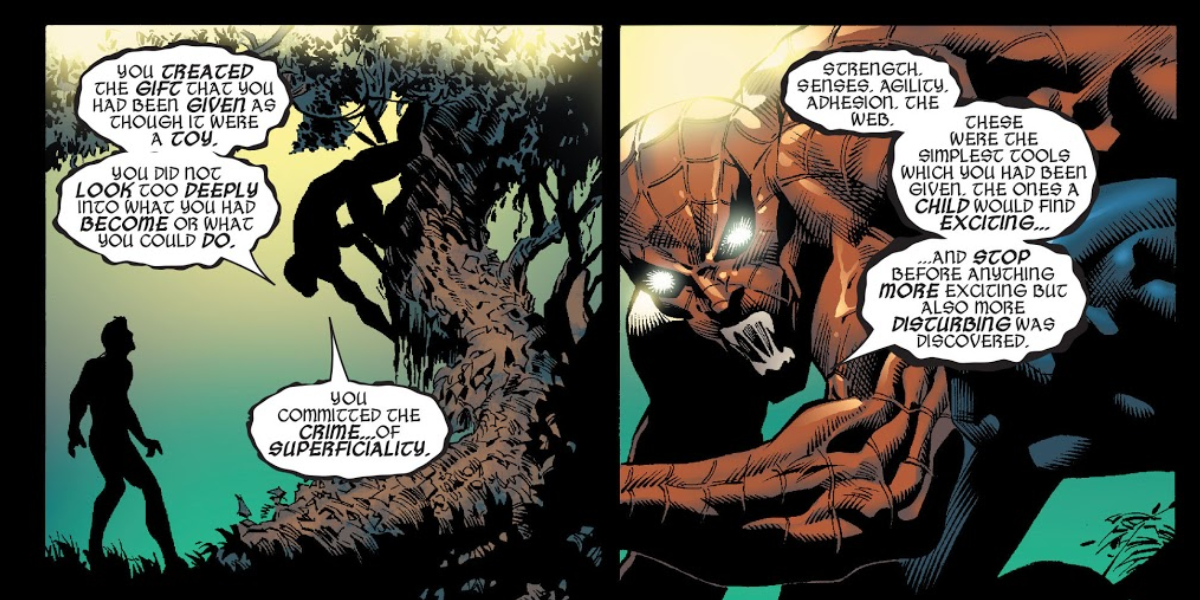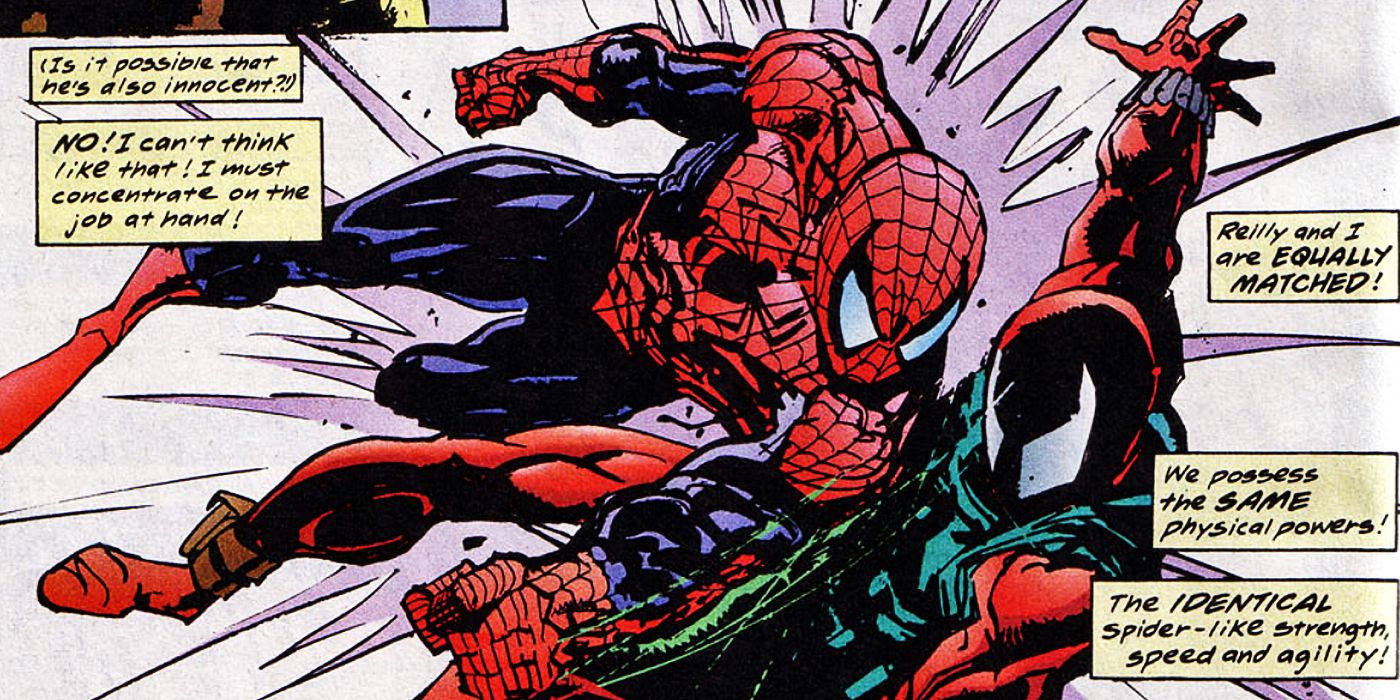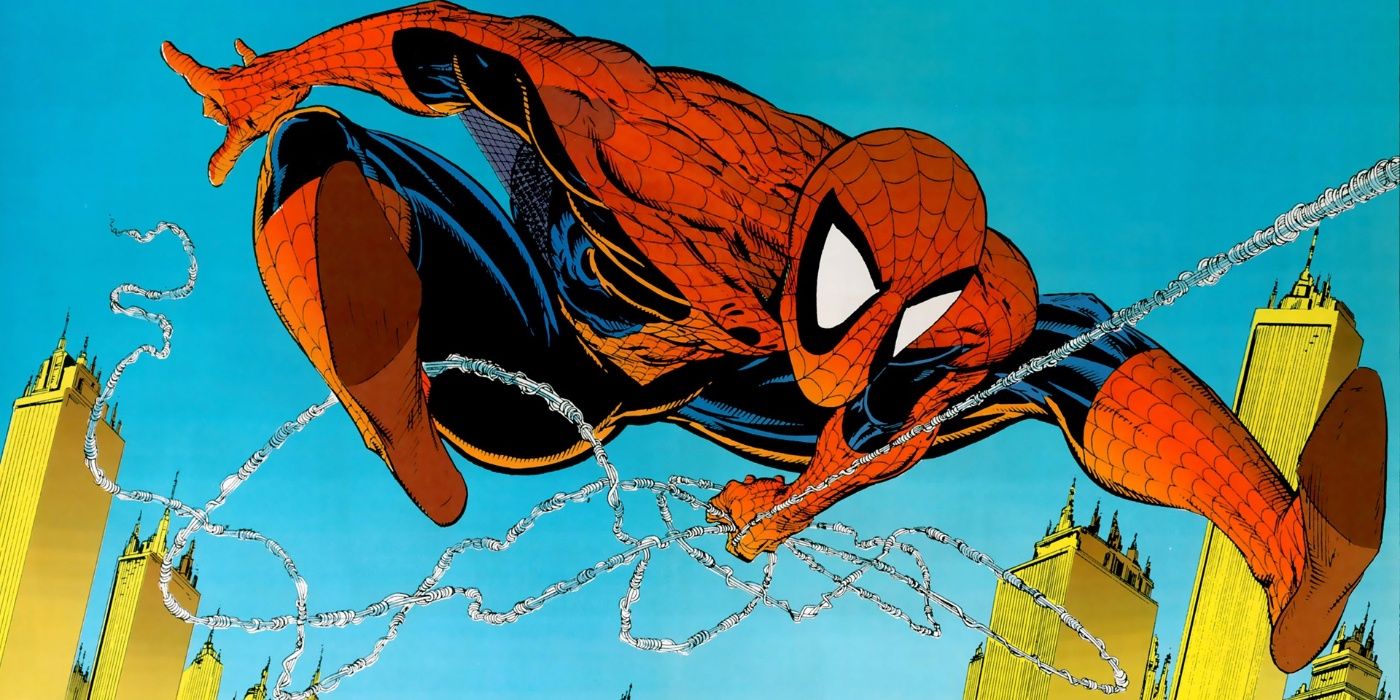Marvel's friendly neighborhood Spider-Man may thrive on being a relatable everyman with normal problems, but the truth is that his unique physiology gives him a body unlike any other hero, right down to the cellular level. Ever since he was bitten by a radioactive spider, Peter Parker's body has continued to change in increasingly spectacular and amazing ways over the past six decades of continuity. Now, we're taking a closer look at the web-slinger and the strange ways Peter Parker's sensational powers have transformed his body over his lengthy superhero career.
How Did Spider-Man Get His Powers?
Spider-Man's weirdness goes down to a microscopic level. The spider that bit Peter forever altered the genetic structure of his DNA, and often it's been a plot point that he needs to avoid hospitals or blood tests to keep the scientists observing it from gleaning his secret identity.
Having such super genetics means his powers are inheritable, and he often passes them down to his children in Marvel's various futures. Of course, the radioactive origin to his powers had darker implications in Kaare Andrews' Spider-Man: Reign. In that dark alternate future, prolonged exposure to Peter slowly gave Mary Jane radiation poisoning over time, and it eventually lead to her death. A similar plotline avoided disaster for Spider-Man in the early days of his '60s origins, when blood he gave Aunt May threatened her frail physical condition.
How Can Spider-Man Crawl on Walls?
The power to be really sticky may seem pretty straightforward, but Spider-Man powers are a whole lot more complicated than that. On a conscious level, Spidey's cerebellum underwent a mutagenic alteration of his engrams, which granted him the ability to control the electrostatic reaction between his body and any surface on an interatomic level. The process reverses an electron shell's typical resistance toward outside forces, and instead attracts his body to the surface he wishes to adhere to. Despite being a scientist himself, however, nobody has ever been able to identify the mentally controlled subatomic particle that grants Spider-Man such stunning powers of adhesion.
The end result is that he can stick on almost any surface, no matter how fast it's moving or how slippery it is. While his biostatic adhesion has been overcome before, it proves pretty resilient when he needs to stick to the sheer surface of a missile or a jet plane. Since he can turn any part of his body into an adherent surface, he's even made his face cling to his mask so that others could not remove it.
The Uncollected Spider-Man/Black Cat/Doctor Octopus Epic Storyline
Spider-Man Had Temporary Mystical Abilities and Organic Webs
Even though Spider-Man has always defined his powers by scientific terms, that doesn't change the fact that Spider-Man's powers are somewhat mystical in nature. Although he always suspected that his powers resulted from super-science, the story "The Other" revealed that there was a deeper layer to his origins that he was never aware of. His body underwent a further evolution and became even more spider-like, temporarily granting him fantastical new powers. The most notable of these were his webs, which he produced organically rather than through artificial web-shooters during that time.
Spider-Man could see in the dark, his strength and agility were enhanced more than they'd ever been before, and he even had stingers housed in his forearms that he could release to attack a foe. Though the spiritual power boosts proved temporary, it forever wove Spider-Man into a larger tapestry involving destiny that spun throughout the entire multiverse. However, other characters like Kaine have embraced the Other more fully than Peter ever did.
Spider-Man's Clone Saga Featured Unstable Doubles
With such stunning genetics, it's not surprising that some have tried to replicate Peter Parker's powers over the years. It turns out, however, that cloning Peter Parker is not a simple process. If Spider-Man's infamous Clone Saga proved nothing else, it was that cloning Spider-Man is an incredibly complex process, since his clones often lacked the physiological stability that makes them viable long-term.
His clone Kaine suffered a degenerative illness that horribly scarred his face, and other attempts like Spidercide proved so physically unstable that they just materially could not hold themselves completely together in a solid mass. The closest anyone ever came to a perfect clone was Ben Reilly, with the physical similarities between him and Peter almost making them identical. Still, yet the two heroes have ended up being quite different over the years, with Ben not even being a hero at all for a stretch of time as he flirted with supervillainy in the guise of the Jackal, the villain who created him
How Is Spider-Man So Agile and Flexible?
Spider-Man is one of the most agile heroes in the Marvel Universe, and he manages his acrobatic feats by being super limber. Spidey's tendons and connective tissues are twice as elastic as the average human's, which allows his body to contort into all shapes and angles he needs as he swings through the city or weaves through machine gunfire.
Spider-Man can contort his body into odd positions that would make others uncomfortable. Whether he's perched up against a wall, hanging upside down from a web or just crouched on to his tiptoes, Spider-Man is as easy-going as ever. The effect is one that seems inhuman and eerie to those who aren't used to it, and while it looks cool on a comic page, it's easy to understand why some of Marvel's New Yorkers would find him more creepy than heroic.

